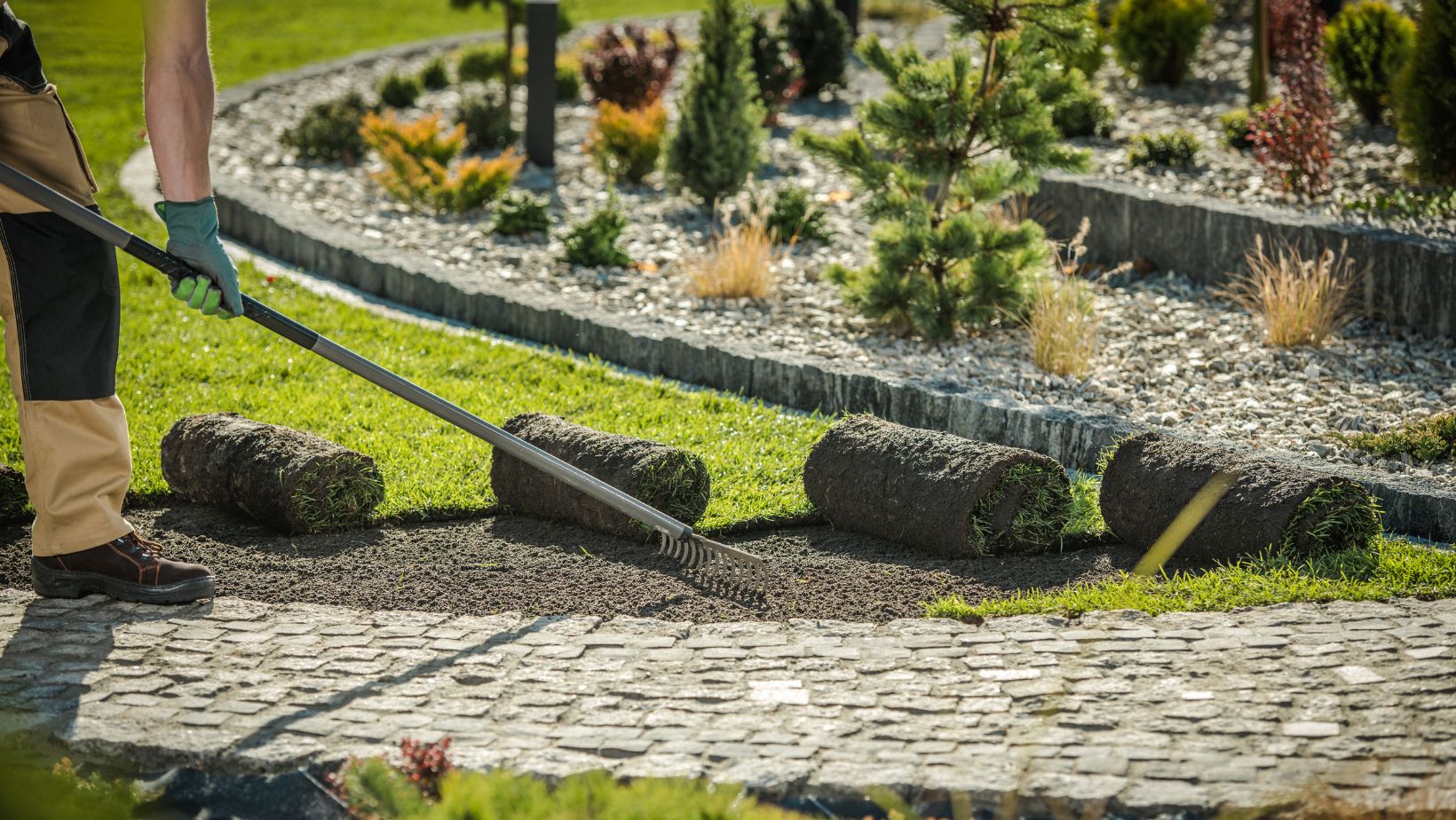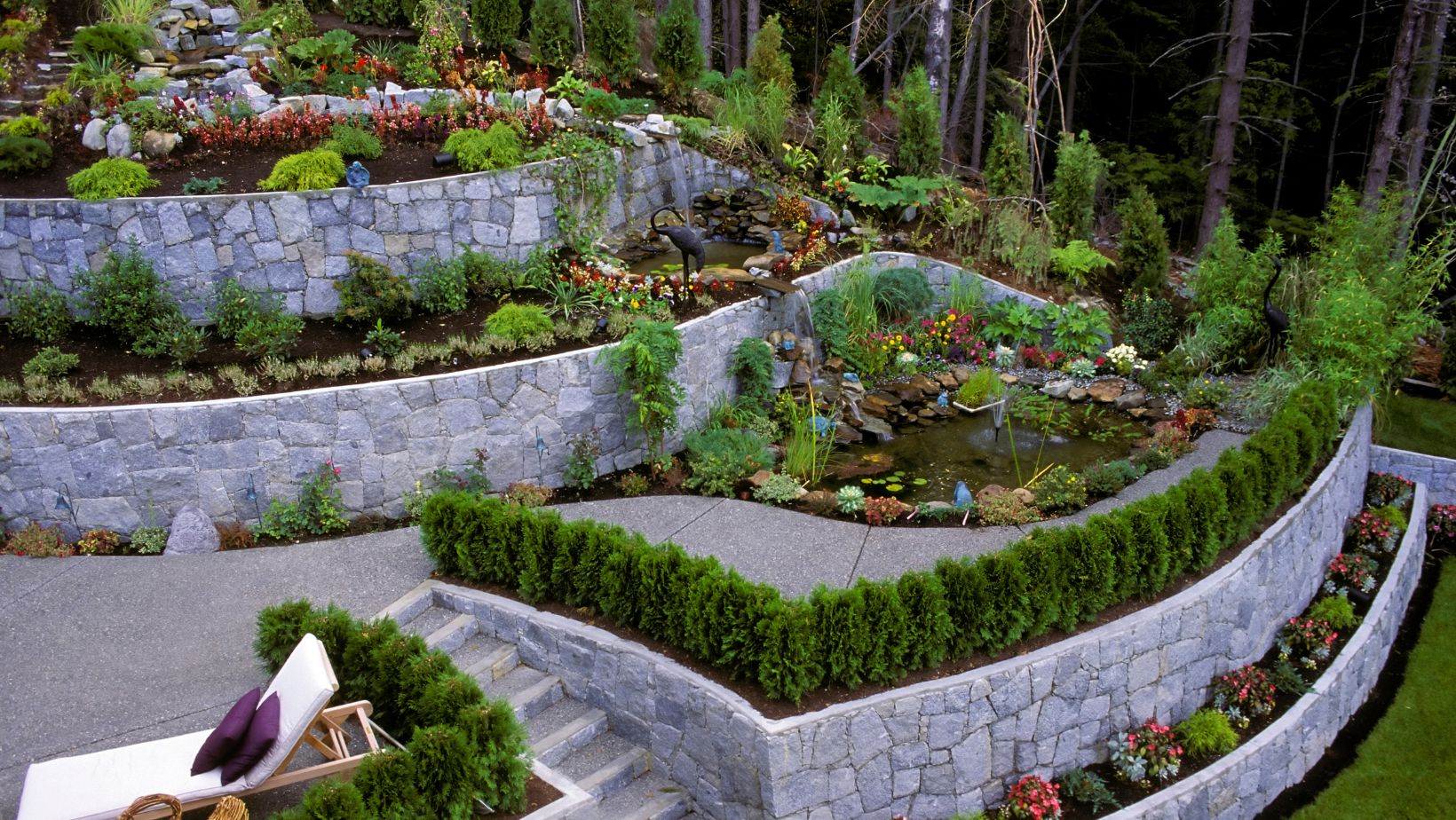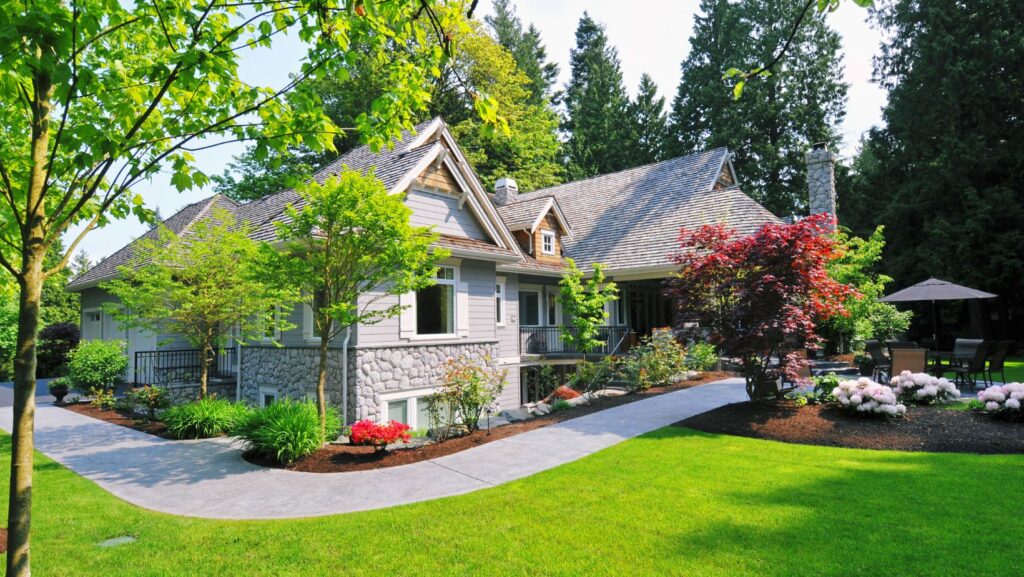According to McCourt Real Estate & Property Management team, preparing your property for a landscape installation involves more than just clearing the ground. Proper preparation ensures the success, longevity, and beauty of your new landscape. By taking the right steps beforehand, you can maximize the impact of your investment and create a functional and stunning outdoor space.
This guide walks you through the essential steps to prepare your property for a successful landscape installation, covering everything from planning and soil preparation to selecting appropriate materials.
Evaluate Your Existing Landscape
Before starting any landscaping project, assess your property thoroughly. Identify features that you want to keep, remove, or improve.
- Existing Features: Take note of trees, shrubs, or hardscapes already present. Decide whether they should be retained, relocated, or removed.
- Drainage Issues: Identify areas with standing water or poor drainage. Addressing these issues beforehand can prevent future problems.
- Utility Lines: Locate underground utilities such as water, gas, and electricity. Knowing where these lines are can help avoid damage during installation.
Define Your Vision and Goals
A clear vision is key to a successful landscape installation. Think about how you want to use your outdoor space and what features are most important.
- Functionality: Do you want an area for entertaining, gardening, or relaxation? Define your needs to guide your design choices.
- Style: Choose a theme or style that complements your property, such as modern, rustic, or tropical.
- Budget: Establish a realistic budget for your project, including materials, labor, and any additional costs for unexpected adjustments.
Create a Comprehensive Plan
A well-thought-out plan ensures that the installation process runs smoothly and meets your expectations.
- Professional Design Services: Working with a landscape designer can help bring your vision to life with expert advice and detailed plans.
- Blueprints: Develop a layout that includes dimensions, plant placements, hardscape features, and lighting.
- Phasing the Project: If you have a large-scale plan, break it into manageable phases to prioritize essential features and stay within budget.
Prepare the Soil
Healthy soil is the foundation of any successful landscape. Start by testing and amending the soil to support plant growth and prevent future issues.

- Soil Testing: Conduct a soil test to measure pH levels and nutrient content. This helps identify deficiencies that need correction.
- Amending the Soil: Based on the test results, add compost, fertilizers, or other organic matter to improve soil fertility and structure.
- Weed Removal: Clear the area of weeds and invasive plants to give new installations a strong start
Clear and Level the Area
Proper site preparation ensures that your landscape elements are stable and visually appealing.
- Remove Debris: Clear the area of rocks, roots, and debris to create a clean slate.
- Leveling the Ground: Smooth out uneven areas to provide a stable base for hardscapes like patios, pathways, or retaining walls.
- Grading for Drainage: Ensure the ground is graded correctly to direct water away from your home and prevent pooling.
Address Drainage and Irrigation
A well-designed landscape requires efficient water management.
- Install Drainage Systems: Features like French drains, dry creek beds, or swales can help manage excess water.
- Plan Irrigation Systems: Set up irrigation to deliver consistent moisture to plants. Consider drip irrigation for water efficiency and reduced runoff.
Select the Right Materials
Choosing appropriate materials can make a significant difference in the durability and aesthetic appeal of your landscape.
- Hardscape Materials: Select durable and weather-resistant options like natural stone, pavers, or concrete for patios, pathways, and retaining walls.
- Plant Choices: Opt for native or drought-tolerant plants that thrive in your local climate and require minimal maintenance.
- Mulch and Ground Covers: Use mulch or ground covers to retain soil moisture, suppress weeds, and enhance the appearance of planting beds.
Prepare for Hardscape Installation
Hardscapes form the backbone of your landscape and should be installed with care.
- Base Preparation: Lay a stable foundation using compacted gravel or sand before adding pavers or stone.
- Edge Restraints: Use edging materials to keep hardscape elements secure and maintain their shape over time.
- Joint Stabilization: Apply polymeric sand or mortar to joints in patios and walkways to enhance durability.
Organize Materials and Equipment
Having all necessary materials and tools ready ensures an efficient installation process.
- Stockpile Materials: Order and stage materials such as soil, mulch, plants, and pavers near the installation site for easy access.
- Tool Preparation: Ensure you have the right tools, such as shovels, wheelbarrows, and compactors, to complete the project.
Set Up a Construction Schedule
A clear timeline helps coordinate the various phases of the project and keeps everything on track.
- Sequence of Work: Plan the order of tasks, starting with hardscapes, followed by planting and finishing touches.
- Weather Considerations: Schedule the project during favorable weather conditions to avoid delays and complications.
Coordinate with Professionals
Collaborating with experienced landscapers and contractors can simplify the process and ensure high-quality results.
- Site Walkthrough: Conduct a pre-installation walkthrough with your team to review the design and address any concerns.
- Regular Updates: Stay in communication throughout the project to monitor progress and make adjustments if needed.
Add Finishing Touches
Once the installation is complete, small details can make a big impact.

- Lighting: Install outdoor lighting to highlight features and improve nighttime usability.
- Decorative Elements: Add accents like garden sculptures, furniture, or water features to personalize your space.
- Mulching and Edging: Apply mulch to planting beds and edge pathways for a polished look.
Plan for Ongoing Maintenance
A well-maintained landscape retains its beauty and functionality over time.
- Watering Schedule: Adjust watering based on seasonal needs and plant types.
- Regular Pruning: Keep plants healthy and tidy with consistent pruning.
- Seasonal Care: Refresh mulch, fertilize, and address pest control as needed to keep your landscape thriving.
Preparing your property for a landscape installation is a critical step in creating a beautiful and functional outdoor space. By investing time in planning, preparation, and collaboration with professionals, you can ensure the success and longevity of your new landscape. Thoughtful preparation not only saves time and money but also enhances the overall enjoyment of your outdoor environment.


More Stories
Vinyl Roofing: The Ultimate Guide to Durable and Cost-Effective Roofing Solutions
Why Your Yard Floods Every Time It Rains (And How to Fix It)
4 Ways to Create an Outdoor Oasis on a Budget